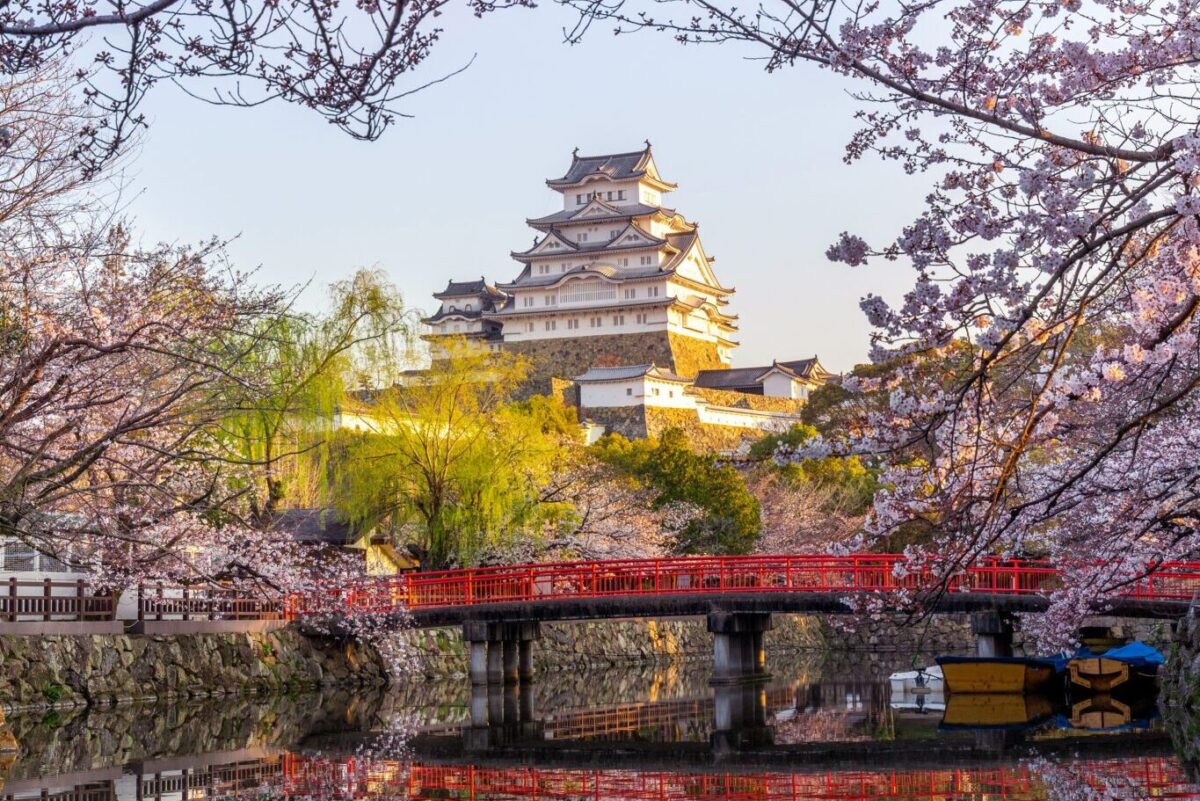One Price for Locals … 6x for Tourists? When Foreigners Pay More

Skift Take
Hideyasu Kiyomoto, the mayor of Himeji City in Japan, this week proposed a significant price hike for foreign tourists visiting Himeji Castle, a UNESCO World Heritage site. Currently, the entry fee is JPY 1,000 (about $6) for all, but the mayor suggested increasing it to around $30 for foreigners, while locals would pay $5.
The extra revenue would help with maintenance and to counter overtourism.
A restaurant in Tokyo is already testing two-tier pricing. Tamatebako in the city’s Shibuya neighborhood charges locals JPY 5,478 ($36) for a weekday lunch buffet, while foreigners pay JPY 6,578 ($42). For dinner, locals pay JPY 6,578 ($42), and foreigners JPY 7,678 ($49).
The higher price for foreigners is considered the official rate, with a “discount” for “Japanese and foreign residents in Japan.” To get the discount, customers must show proof of Japanese nationality or residency.
The men
